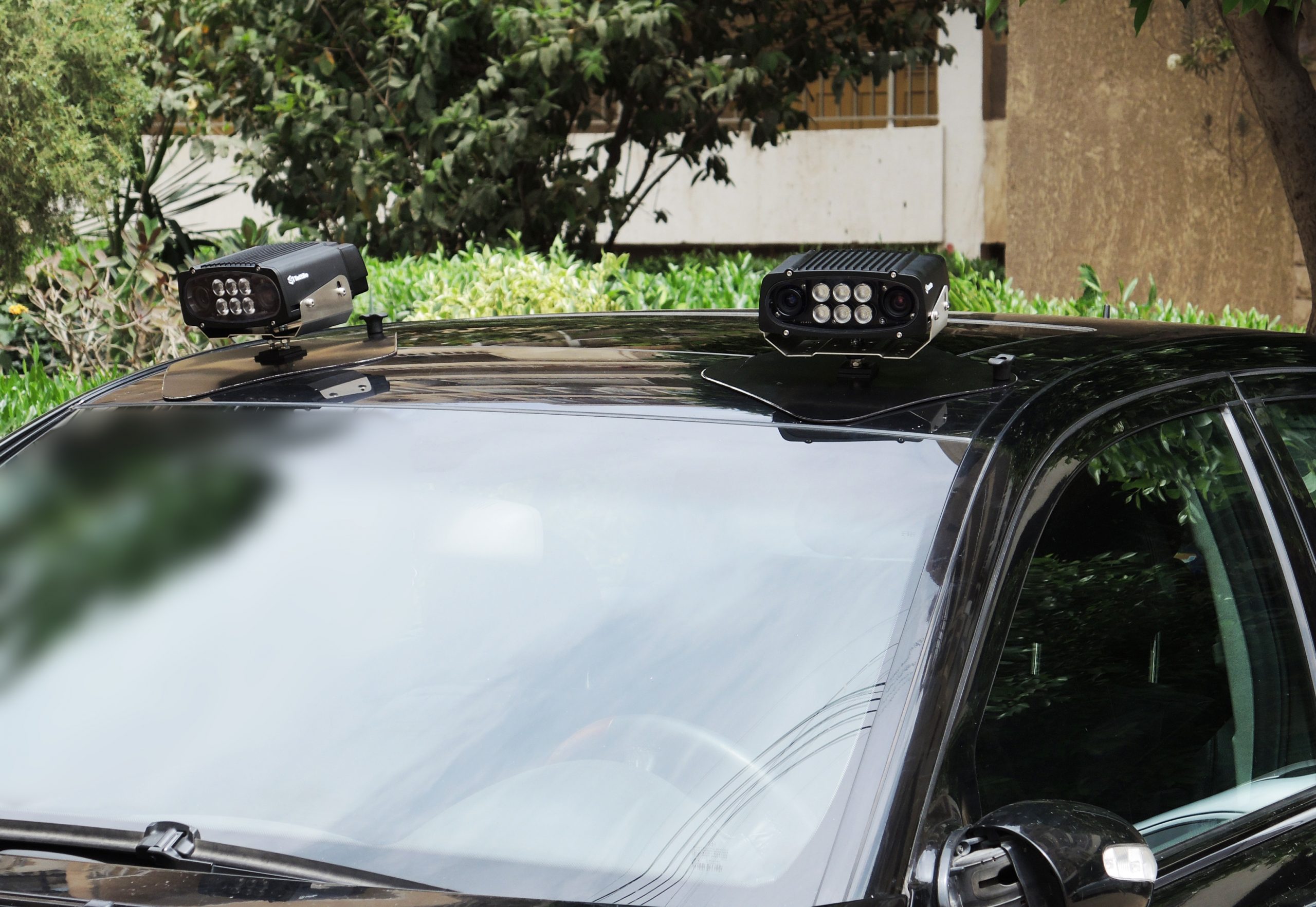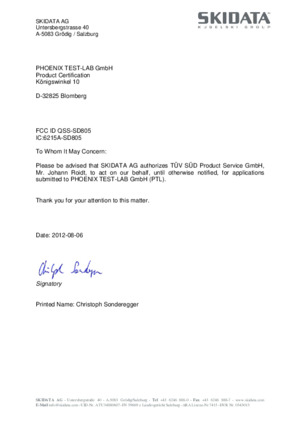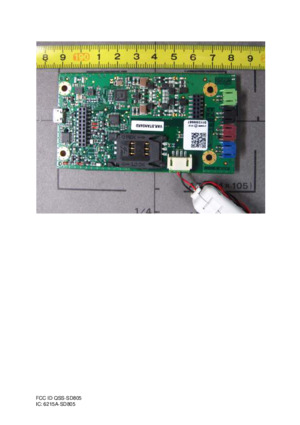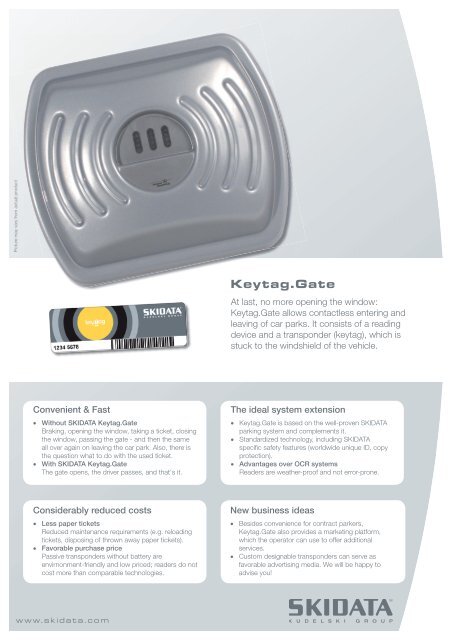SKIDATA OPOS.Cash 8.1.2.1 SkiData AG Utilities Download The pre-sale ticket solution Opos.Cash enables you to sell tickets in advance in hotels, shops, tourism offices, etc. Reduce the stress on your physical points of sale with decentralized ticket pre-sales, and benefit from all the advantages of a centralized ticketing system, with tickets. SKIDATA AG is an Austrian company and is ranked among the worldwide leading providers of access solutions and visitor management. Almost 10.000 SKIDATA systems guarantee quick and secure access for people and vehicles in: ski regions, shopping centers, major airports, cities. Press the Install button to download the latest version and run the installation file. With the installed version of OPOS.Cash you can sell ski tickets of a virtual resort.

Installing using the Installation Wizard
Installing JReport Server with the Installation Wizard is intuitive. You only need to follow the screens and enter the required information. The Installation Wizard provides two installation types:
- Typical Installation for Standalone Server
Installs JReport Server with the default configuration settings. - Custom Installation for Standalone Server
Installs JReport Server in a standalone environment. If you choose this installation type, you can configure the server system environment in the Installation Wizard.
This document shows you how to install the server to different systems with the Installation Wizard and configure the server according to your requirements.
Installing on Windows
To install JReport Server on a Windows platform, take the following steps:

- Download the JReport Server installation file for Windows from the Jinfonet download center: http://www.jinfonet.com/downloadjreport/.
- Run the installation file and follow the prompts to install.
During installation, pay attention to the following:
- The installer requires that you choose a Java JDK to complete the installation. You can download the appropriate JDK from http://java.sun.com or your computer vendor's website.
- The Installation Wizard will first find a JVM to get started. If no JVM is found, the JReport installer will fail to launch. To solve this issue, you can try either way:
- Set JAVA_HOME variable and append
%JAVA_HOME%binto Path variable in system environment. - Install JReport Server from a DOS command by specifying the
LAX_VMoption for the Installation Wizard as follows:jrserver-xxx-windows.exe LAX_VM 'C:jdk1.6.0_17binjava.exe'(change jrserver-xxx-windows.exe to the real file name of the installation file)The JDK path should use absolute path and be quoted by '.
- Set JAVA_HOME variable and append
- The installer provides a chance for you to add additional class paths. You can also choose to add them manually into the setenv.bat in
<install_root>binafter installation.
Installing on Unix
JReport Server supports Solaris, Linux, HP-Unix, and AIX. In the following process, an X server is running and Java 1.6 or above is available, otherwise ask your administrator for help. Installing and running JReport Server requires that an X server has been configured.


- Download the JReport Server installation file for Unix from the Jinfonet download center: http://www.jinfonet.com/downloadjreport/.
If you need to transfer the installation file from your download machine to your Unix box, you should transfer it using FTP in binary mode.
- Click the installation file to launch the Installation Wizard. Alternatively, you can open a console window, and change the directory to the location of the file. Following are examples of the commands that can be used:
$ cd /opt/JReport/Server(or your preferred install location)To make the installation file executable, type the command:
$ chmod +x jrserver-xxx-linux.bin(change jrserver-xxx-linux.bin to the real file name of the installation file)To run the installation file:
$ ./jrserver-xxx-linux.bin(change jrserver-xxx-linux.bin to the real file name of the installation file)The Installation Wizard will first locate a JVM to get started. If no JVM is found, the installer will fail to launch. To solve this issue, you can try either way:
- Set JAVA_HOME variable and append
$JAVA_HOME/binto PATH variable in system environment. Specify a JVM for Installation Wizard with the option
LAX_VMas follows:$ ./jrserver-xxx-linux.bin LAX_VM '/opt/jdk1.6.0_17/bin/java'(change jrserver-xxx-linux.bin to the real file name of the installation file)The JDK path should use absolute path and be quoted by '.
- Set JAVA_HOME variable and append
- Once the Installation Wizard has successfully loaded, you can follow the standard prompts to install JReport Server.
Installing on z/Linux
JReport Server supports Linux on IBM system z. In the following process, an X server is running and a JDK specially used for IBM is available, otherwise ask your administrator for help. Installing and running JReport Server requires that an X server has been configured.
- Download the JReport Server installation file for z/Linux from the Jinfonet download center: http://www.jinfonet.com/downloadjreport/.
If you need to transfer the installation file from your download machine to your z/Linux box, you should transfer it using FTP in binary mode.
- Click the installation file to launch the Installation Wizard. Alternatively, you can open a console window, and change the directory to the location of the file. Following are examples of the commands that can be used:
$ cd /opt/JReport/Server(or your preferred install location)To make the installation file executable, type the command:
$ chmod +x jrserver-xxx-linux.bin(change jrserver-xxx-linux.bin to the real file name of the installation file)To run the installation file:
$ ./jrserver-xxx-linux.bin(change jrserver-xxx-linux.bin to the real file name of the installation file)The Installation Wizard will first locate a JVM to get started. If no JVM is found, the installer will fail to launch. To solve this issue, you can try either way:
- Set JAVA_HOME variable and append
$JAVA_HOME/binto PATH variable in system environment. Specify a JVM for Installation Wizard with the option
LAX_VMas follows:$ ./jrserver-xxx-linux.bin(change jrserver-xxx-linux.bin to the real file name of the installation file)LAX_VM'/opt/ibm-java2-sdk-6.0/bin/java'The JDK path should use absolute path and be quoted by '.
- Set JAVA_HOME variable and append
- Once the Installation Wizard has successfully loaded, you can follow the standard prompts to install JReport Server.
Installing to an existing JReport Server directory
If you select to install JReport Server in a folder that already contains an existing JReport Server, you can choose to continue the installation in either the upgrading way or overwriting way. If you choose the upgrading way, the installer will replace the packages and create new batch/script files. Meanwhile, a copy of the old batch/script files will be kept for your reference. You should use the batch/script files that come with the installer in order to make sure that all new packages are added to the class path and manually merge any changes you made into the new version. However, your configuration files and server runtime data of the existing copy will be kept, and you can choose to recover the previous version during the uninstallation of the newly installed JReport Server.
Configuring system database
Configuring the system database is a step on the server installation wizard available to a production key or a temporary key.
Download Skidata Drivers License
By default the trial database Derby is used. The port is configurable in case it is being used.
However in a production environment, you'd better configure your own production DBMS instead of using the default Derby which is provided for testing and evaluation purposes only and which should not be used in a production system. To do this, select Production Database and then set the correct database connection information. If the connection failed after clicking Next, a message will pop up, you can choose to reset the connection. Or if you choose to continue with the failure, after the installation, you need to configure the database still. For details, see Configuring the server database.
These databases have been tested workable as the production database: HSQLDB, MySQL, Microsoft SQL Server, IBM DB2, Oracle, Sybase, and Informix.
Notes:
- ODBC is not supported as the server database.
- When setting SQL 2000 as the server database, the driver should use jtds.jar, otherwise the scheduling feature cannot work.
Configuring system environment
When installing JReport Server using the Installation Wizard, if you choose Custom Installation for Standalone Server, you can configure the server system environment according to your requirements during the installation. You can configure the following items:

Download Skidata Driver Free
- Cache
Cache Loaded Catalogs
Specifies whether to keep a catalog in memory, or to remove it from memory after a report is completed.Normally, after a report has been generated, the catalog that is used to generate the report will be removed from memory. However, if you specify this option, the catalog will be cached rather than removed.
Cache Loaded Page Reports
Specifies whether to keep the page reports in memory or remove them from memory after they have been generated.
- Performance
Pre-loading the Java classes and fonts which are used by catalogs, reports and JReport Engine at startup time will improve performance when these classes are needed at runtime.- Preload Catalog Referred Classes
Pre-loads the Java classes that are used for a catalog. - Preload Page Report Referred Classes
Pre-loads the Java classes that are used for a report. - Preload Engine Referred Classes
Pre-loads the Java classes that are used by JReport Engine to generate reports. - Preload Fonts
Specifies to load the fonts when JReport Server is started rather than when they are first used. - Maximum Number of Concurrent Reports in the Queue
Specifies the maximum number of concurrent reports in the queue, which must be less than or equal to the number that the license permits. For details, see Appendix 1: Properties in the server.properties file.
- Preload Catalog Referred Classes